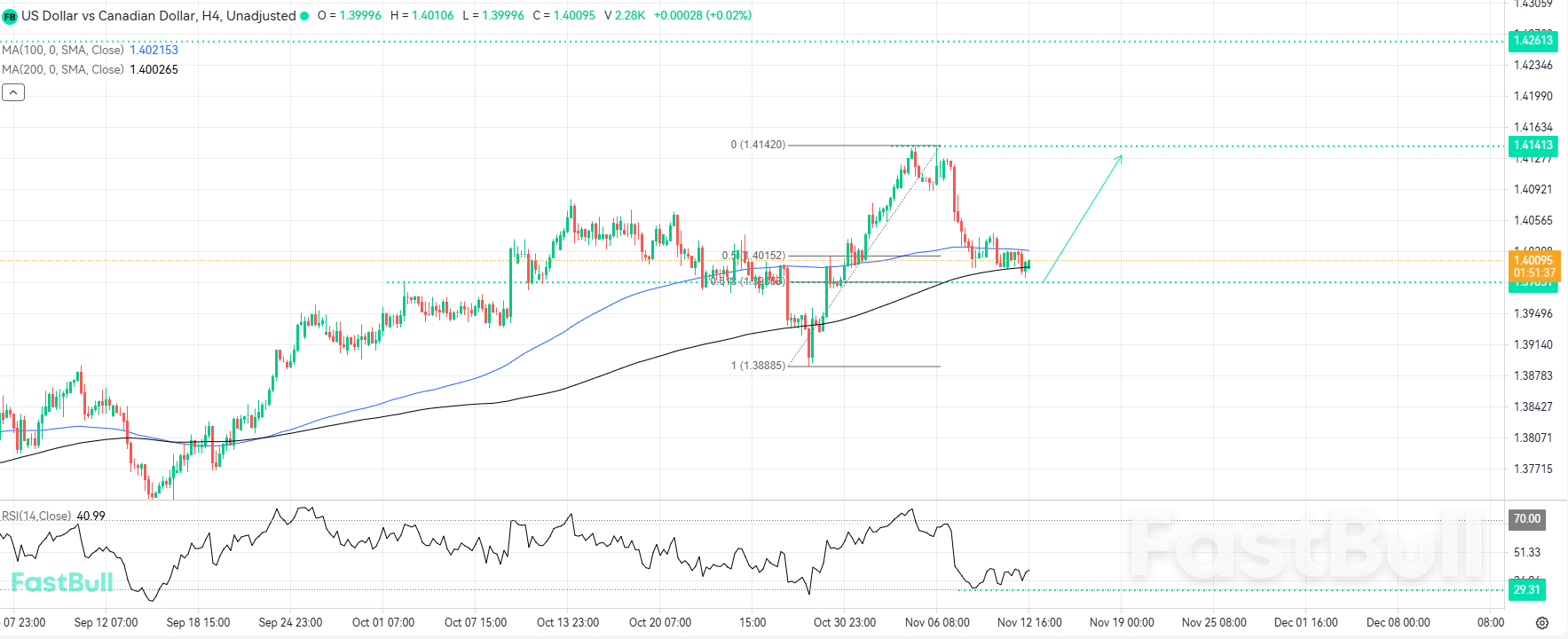Canadian employment data provided a significant upside surprise on Friday, as Statistics Canada reported the Unemployment Rate dropped to 6.9% in October from the previous month’s 7.1%. This result comfortably beat market expectations, which were centered at 7.1%. Furthermore, the Canadian economy added 66,600 jobs in October, marking the second consecutive month of unexpectedly robust employment gains.
Turning to monetary policy, the Bank of Canada (BoC)'s survey of market participants indicates a broad expectation that the benchmark interest rate will remain steady at 2.25% until at least mid-2027. This consensus, however, is not universal among economists, with some anticipating another rate reduction as early as 2026, depending on the evolving landscape of international trade disputes.
In energy markets, attention shifts to key reports scheduled for release later in the day. The Organization of the Petroleum Exporting Countries and its allies, commonly known as OPEC+, is set to publish its monthly market report, closely followed by the International Energy Agency's annual energy outlook. Both publications are expected to offer critical supply-and-demand forecasts extending into 2026, against a backdrop of persistent global concerns regarding oil oversupply.
The latest reports from the U.S. labor market depict a nuanced but generally decelerating trend. Last week's ADP Employment Change report showed that private payrolls increased by 42,000 in October, surpassing the 25,000 forecast and reversing September's 29,000 decline.
Conversely, a less optimistic picture emerged from the Challenger Job Cuts report, which disclosed that U.S. employers announced 153,074 job cuts in October—the highest monthly total recorded since 2003. Further data highlighted that the U.S. shed an average of 11,250 private-sector jobs in the four weeks ending October 25th, a marginal improvement from the 14,250 loss recorded in the preceding four-week period.
The debate among Federal Reserve officials regarding the appropriate policy path continues to intensify. Fed Governor Stephen Miran has publicly stated his view that current monetary policy is excessively restrictive. In sharp contrast, Atlanta Fed President Raphael Bostic adopted a decidedly hawkish stance, warning that a move to lower rates prematurely risks fueling the "beast of inflation." Bostic further articulated his belief that a "severe labor market recession" is not imminent. It is noteworthy that Bostic also announced his intention to retire from his post in February 2026.
Despite President Bostic's cautious remarks, market expectations for easing have gained slight momentum. According to the CME FedWatch Tool, the probability of the Fed implementing a 25 basis point (bps) rate cut to the 3.50%-3.75% range at the December meeting has risen to 68%, up from the 62.4% observed earlier on Monday.

Technical Analysis
The USDCAD pair has recently found crucial technical support. Specifically, price action has been supported by the 200-period Moving Average (MA), currently situated at 1.4002, and the 100-period MA at 1.4021. Furthermore, a key horizontal support/resistance level resides at 1.3985, a price point that has historically acted as a significant pivot for the pair. The confluence of these technical indicators suggests that this is a critical juncture where the price is highly likely to change direction. Should these combined support levels hold firm, it could signal the beginning of a renewed bullish impulse.
Adding to the bullish outlook, the Relative Strength Index (RSI) is currently at 41, having recently bounced back from a low of 29.31, which briefly registered the pair in oversold territory. This technical bounce aligns with the price stabilizing within the key 0.50 and 0.618 Fibonacci retracement zone. The alignment of the RSI reversal with this major Fibonacci retracement area significantly increases the probability that the recent downward movement was a simple correction, setting the stage for a strong continuation of the prior uptrend.
Trading Recommendations
Trading direction: Buy
Entry price: 1.4010
Target price: 1.4140
Stop loss: 1.3950
Validity: Nov 21, 2025 15:00:00













